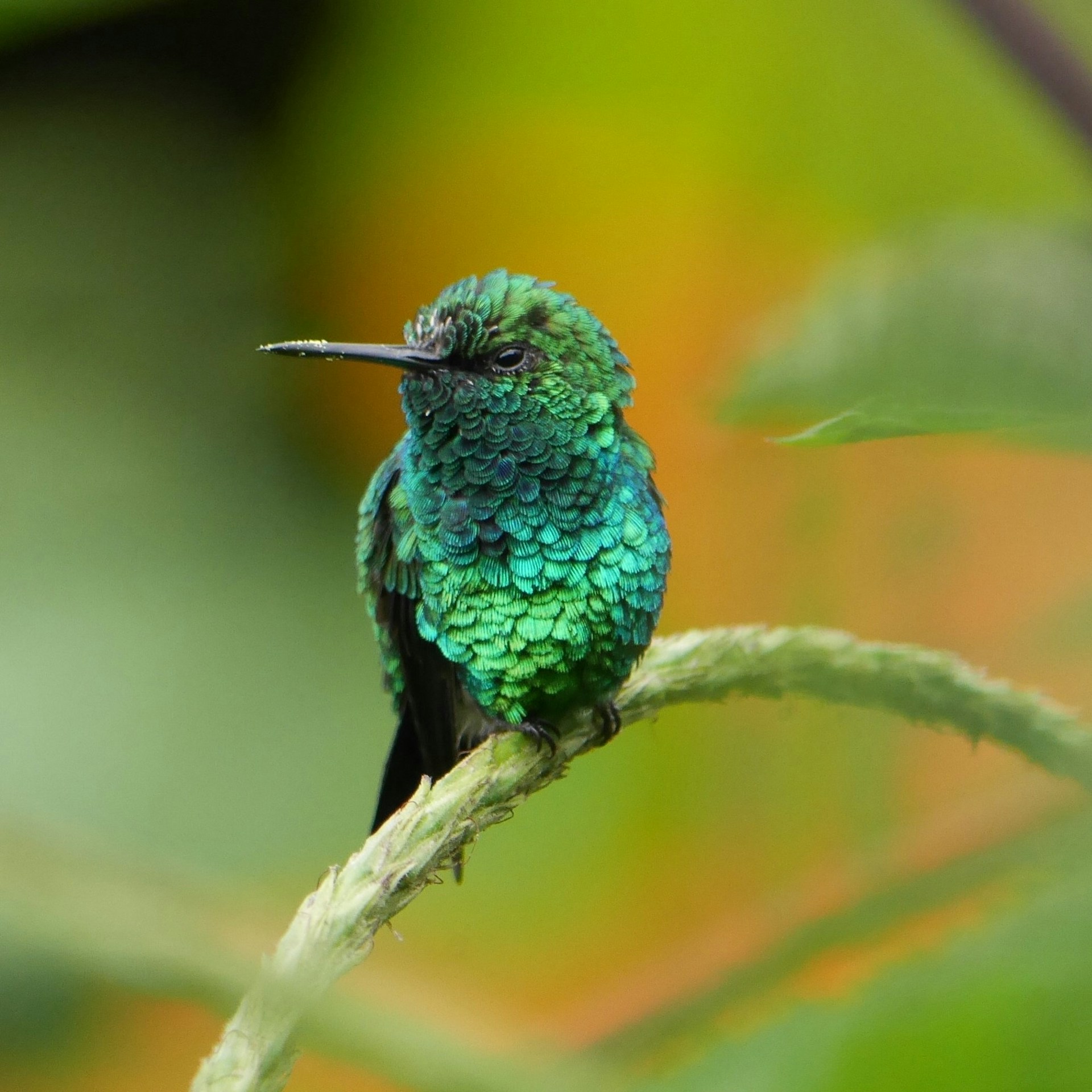Creating a thriving hummingbird habitat in your garden isn’t just about attracting these mesmerizing creatures; it’s also a way to support local ecosystems, conserve water, and enhance your outdoor experience. In this article, we’ll guide you through the essentials of selecting native plants, maintaining a pesticide-free garden, ensuring a year-long bloom cycle, and creating a safe nesting environment. By the end of this read, you’ll be equipped with the knowledge to transform your garden into a hummingbird haven.
Selecting Native Plants
One of the best ways to attract and support hummingbirds is by planting native flowering plants. These plants have evolved alongside local wildlife, making them well-suited to provide natural nectar sources, and they typically require less water and maintenance.
- Why Native Plants?
- Native plants are adapted to the local environment, making them more resilient and easier to grow.
- They support local pollinators and wildlife, creating a balanced ecosystem.
- Plant Examples:
- Coral honeysuckle (Lonicera sempervirens)
- Cardinal flower (Lobelia cardinalis)
- Trumpet vine (Campsis radicans)
- Bee balm (Monarda didyma)
- Evening primrose (Oenothera biennis)
- Resources for Plant Selection:
- Consult local Audubon Society chapters for gardening advice.
- Purchase plants from native plant nurseries for the best native flowering plants for USA hummingbirds.
Essential Plant Characteristics
Hummingbirds are particularly attracted to plants with certain characteristics—primarily those with tubular flowers and bright colors like red, orange, and yellow.
- Flower Types and Colors:
- Hummingbirds have long bills adapted for sipping nectar from tubular or funnel-shaped flowers.
- Bright colors attract these birds, but they also respond to blue, purple, and white flowers.
- Examples:
- Sticky monkey flower (Mimulus aurantiacus)
- California fuchsia (Epilobium canum)
- Penstemon (Penstemon spp.)
- Scarlet sage (Salvia coccinea)
- Zinnias (Zinnia spp.)
- Enhancing Visibility:
- Create a dedicated hummingbird habitat in view of common areas like decks or windows.
Seasonal Planting Strategy
To keep hummingbirds well-fed throughout the year, a continuous bloom cycle for hummingbird habitats is essential. This can be achieved by selecting a variety of plants that bloom in different seasons.
- Spring:
- Moss phlox (Phlox subulata)
- Blue-eyed grass (Sisyrinchium angustifolium)
- Wild hyacinth (Camassia scilloides)
- Summer:
- Butterfly weed (Asclepias tuberosa)
- Eastern beebalm (Monarda bradburiana)
- Jacob Cline bee balm (Monarda didyma ‘Jacob Cline’)
- Autumn:
- New England aster (Symphyotrichum novae-angliae)
- Roughleaf goldenrod (Solidago rugosa)
Pesticide-Free Gardening
To protect hummingbirds and other pollinators, it’s crucial to avoid the use of pesticides. The effects of pesticides on pollinators can be detrimental, impacting their health, reproduction, and survival.
- Why Avoid Pesticides?
- Pesticides can contaminate nectar and flower parts, harming hummingbirds directly.
- Pollinators encounter pesticides through direct contact, residues, and contaminated nesting materials.
- Non-Pesticide Alternatives for Pest Control:
- Introduce beneficial insects like ladybugs to control pests.
- Use neem oil and other organic solutions to manage unwanted insects.
Supporting Hummingbird Nesting
No garden is truly complete without providing materials and plants that support hummingbird nesting. Nesting materials for hummingbird-friendly gardens can include spider web silk and various natural fibers.
- Creating a Safe Haven:
- Plant suggestions: blackberry bushes, asters, and thistle.
- Provide safe nesting materials like spider silk and fine plant fibers.
- Attracting Insects:
- Encourage a healthy insect population as a protein source for hummingbirds.
Feeding Alternatives
While feeders can supplement a hummingbird’s diet, native flowering plants should be the primary food source. Use feeders strategically and maintain them properly to prevent harm to the birds.
- Advantages of Plants Over Feeders:
- Plants provide a more natural and continuous nectar source.
- They support the entire ecosystem, benefiting more than just hummingbirds.
- Feeder Maintenance Tips:
- Use a solution of 1 part sugar to 4 parts water, avoiding dyes and artificial sweeteners.
- Clean feeders regularly to prevent mold and bacteria buildup.
Local Expertise and Resources
For the best guidance on creating a hummingbird-friendly garden, turn to local resources. You’ll find a wealth of knowledge and support to help you succeed.
- Contacting Local Audubon Society Chapters:
- These chapters offer region-specific advice and often host educational events.
- Purchasing from Native Plant Nurseries:
- Native plant nurseries provide high-quality plants that are adapted to your local environment.
Creating a garden that supports hummingbirds is both rewarding and impactful. By using native plants, avoiding pesticides, ensuring a continuous bloom cycle, and providing nesting materials, you’ll not only attract these enchanting birds but also support the broader ecosystem. Together, we can create a more vibrant, sustainable habitat right in our backyards.
- Create sheltered areas to protect hummingbirds from predators.
- Prioritize plants that require minimal maintenance and are drought-resistant.
- Implement a mix of perennial and annual plants to keep the garden vibrant.
- Consider joining native plant and wildlife gardening groups for additional support and ideas.

